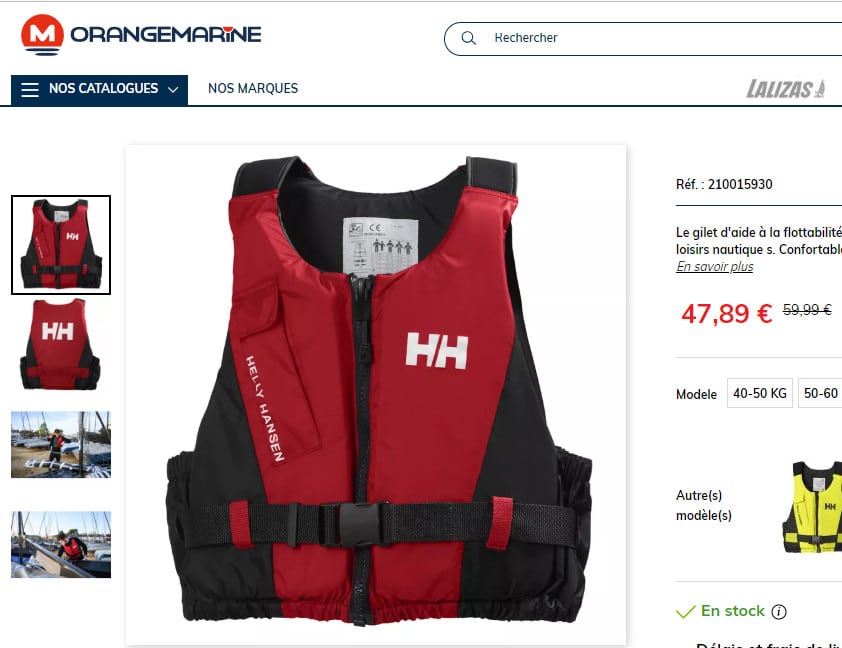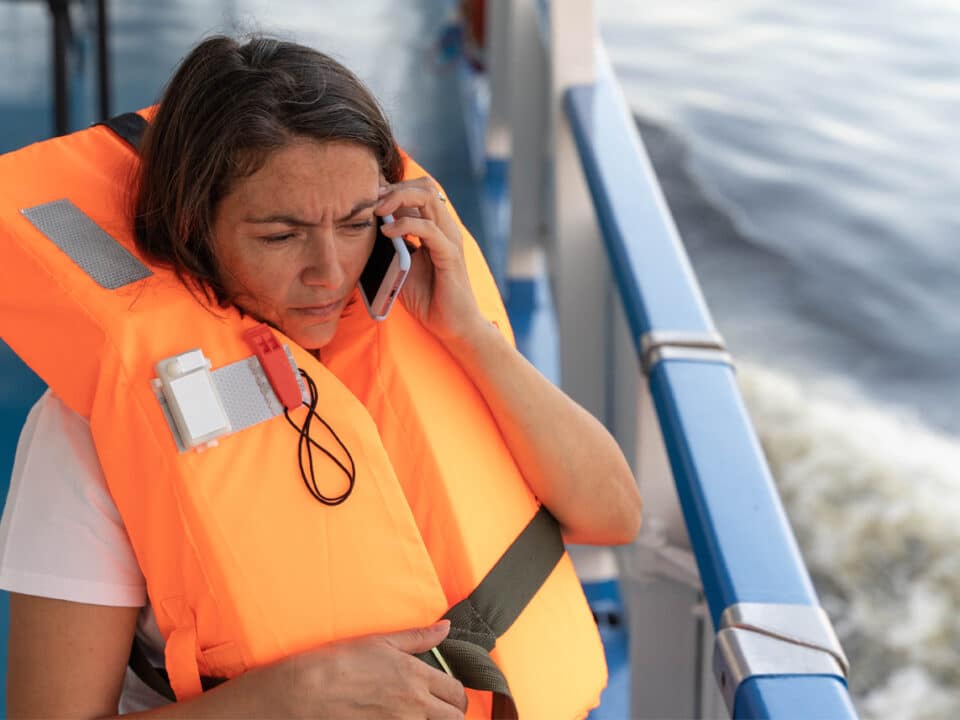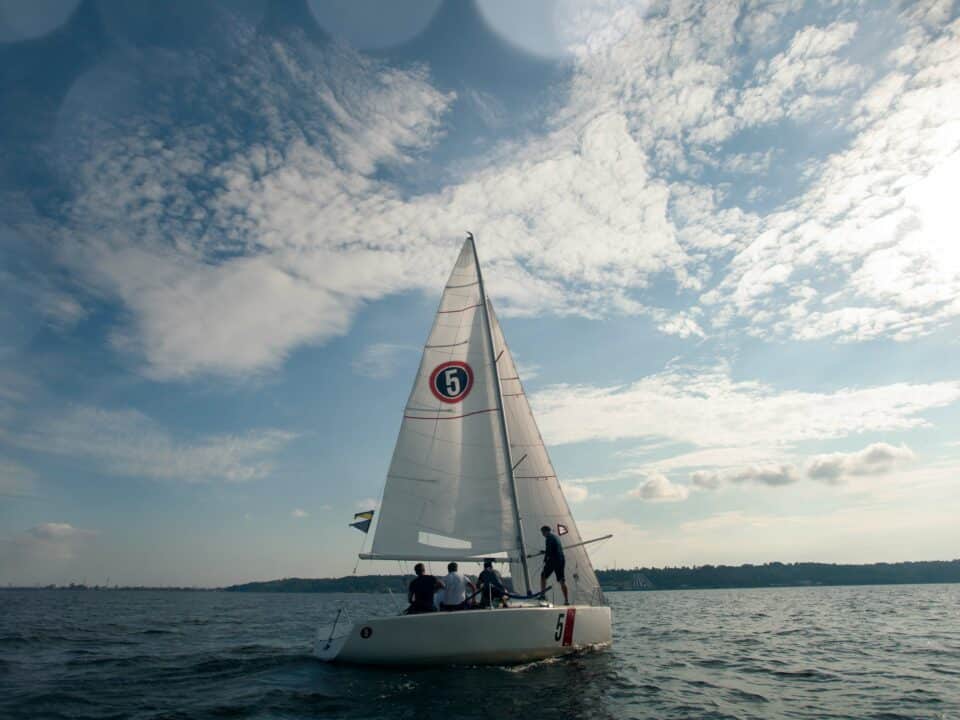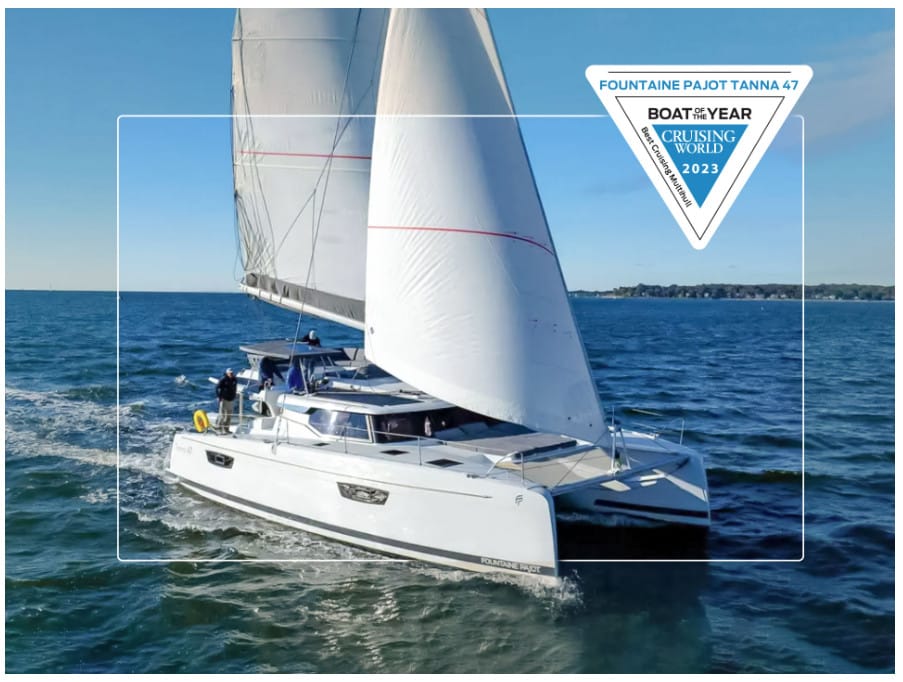
The success of catamarans
20 December 2022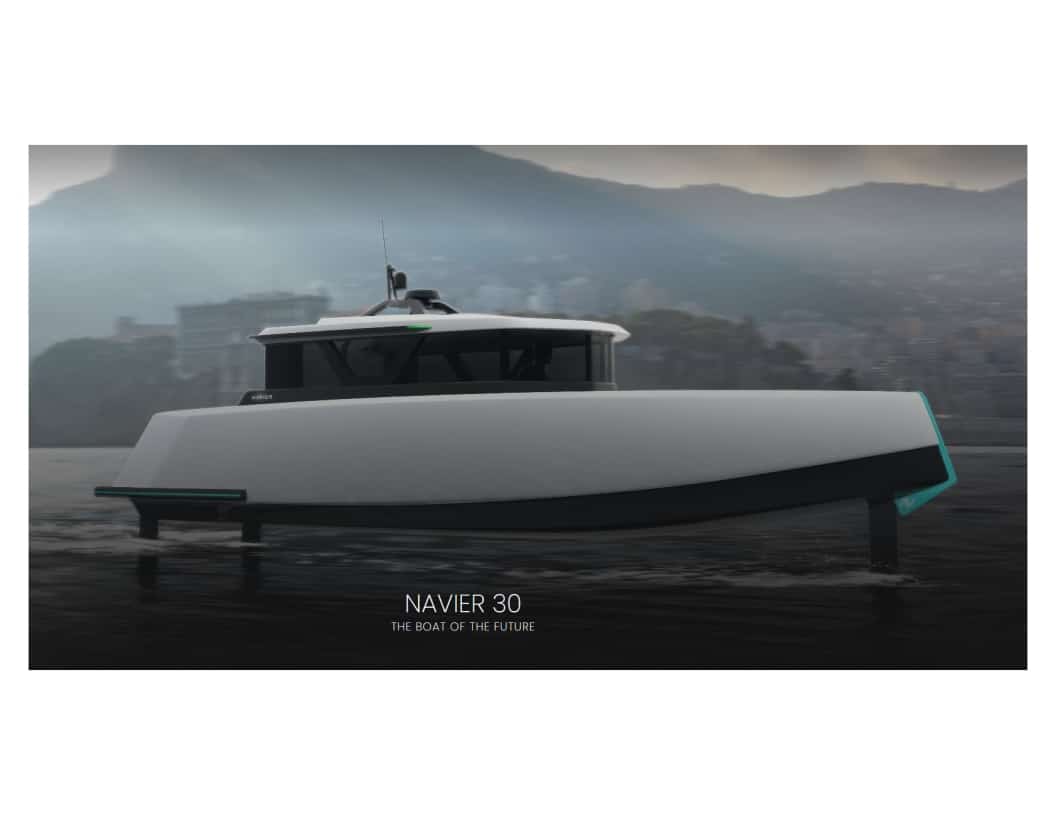
Navier 30, the boat of the future
7 January 2023
Wearing a lifejacket “is not a personal choice”, says US Sailing in the wake of the racing tragedy.
US Sailing has pointed out that those who don’t wear a lifejacket are putting themselves and the whole crew at risk in the event of an MOB.
Sailing US recommendations in the wake of tragedy
The organization’s recommendations follow the investigation into the death of Colin Golder, 74. 74, who died after falling overboard from the Centurion 42. Morgan of Marietta, during the 52nd annual Newport Race in Bermuda. He was not wearing a harness with a lifeline or a lifejacket at the time, in violation of the race’s safety requirements. Crew members, many of whom were attached to the boat by two lifelines, claim that the boat was hit by a large wave and Golder was swept, over the leeward lifelines, into the water. Weather conditions at the time were gusting to 25 knots and 3 m (10 ft) waves; the boat was sailing at 8-10 knots.
Morgan, a member of the Marietta’s crew, immediately carried out man-overboard procedures and, within five minutes, managed to throw Golder a lifebuoy, which he entered, thus connecting him to the boat, but Golder lost consciousness and died shortly afterwards.
The lifejacket can save the life of the entire crew
In its conclusions. US Sailing stated that sea conditions at the time “clearly warranted the use” of a lifejacket combined with a harness and lifeline “and that it should be secured on deck”, and that Golder’s failure to do so led to his death.
Conn’s crew did not insist that he wear a personal flotation device (PFD), harness and lifeline in these conditions. Had Cohn worn a PFD, harness and lifeline, it’s highly unlikely he would have been killed.
US Sailing adds that it is the responsibility of all crew members to know and apply the rules of good seamanship, including the wearing of lifejackets, and that captains must instruct their crew in this regard.
It’s often said that removing such equipment is a personal decision”. We disagree. Every time someone goes overboard, the whole crew is at risk.
That’s why all crew members must be trained to actively promote safety requirements and standards, ensure that all crew members adhere to them, and be prepared to challenge themselves on safety issues,” said US Sailing.
A number of other recommendations were made, including improving safety-at-sea coaching to focus more on recovering an unconscious person from the water, recovering those not wearing a lifejacket or harness, and using a life harness and halyard to re-board a victim.
